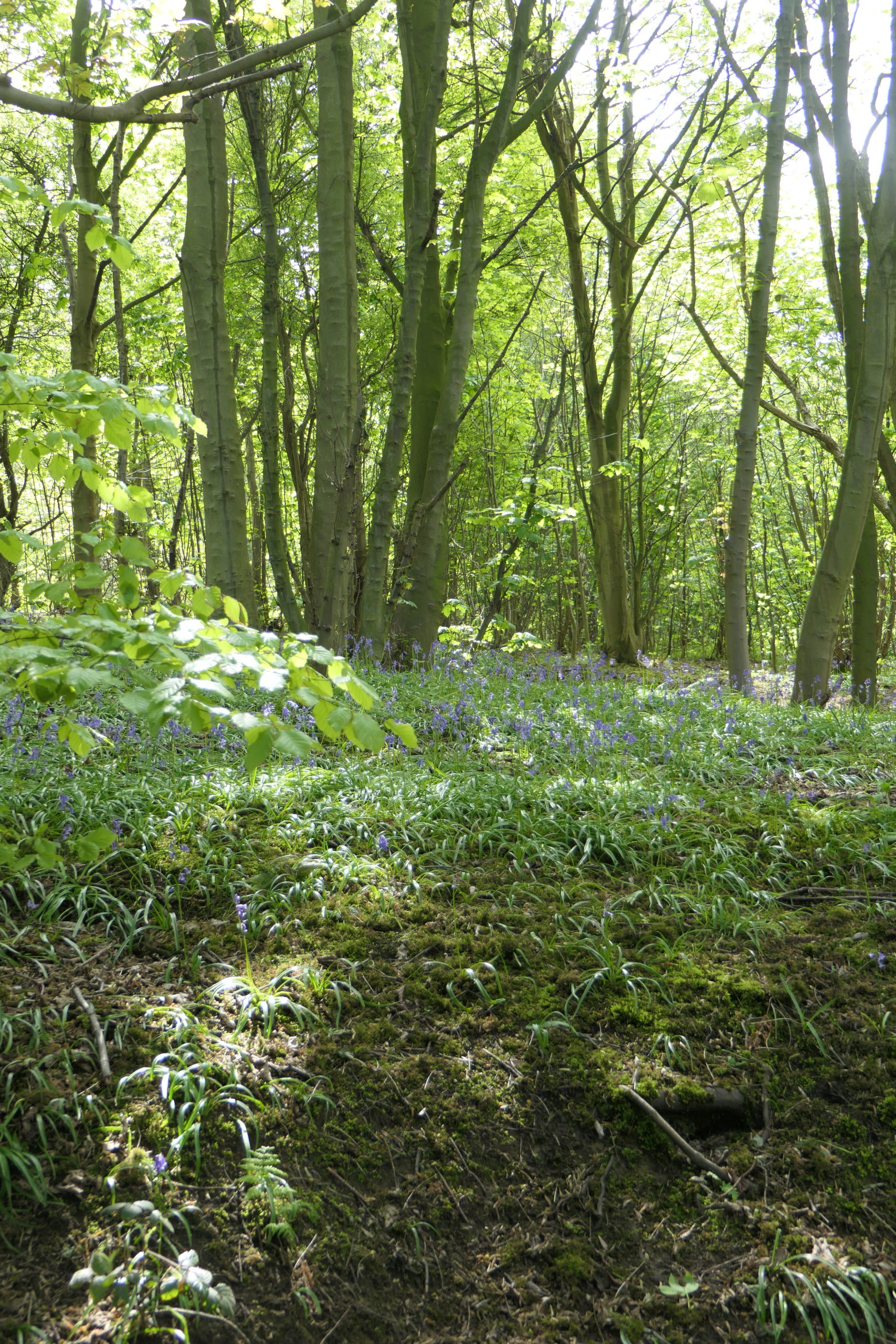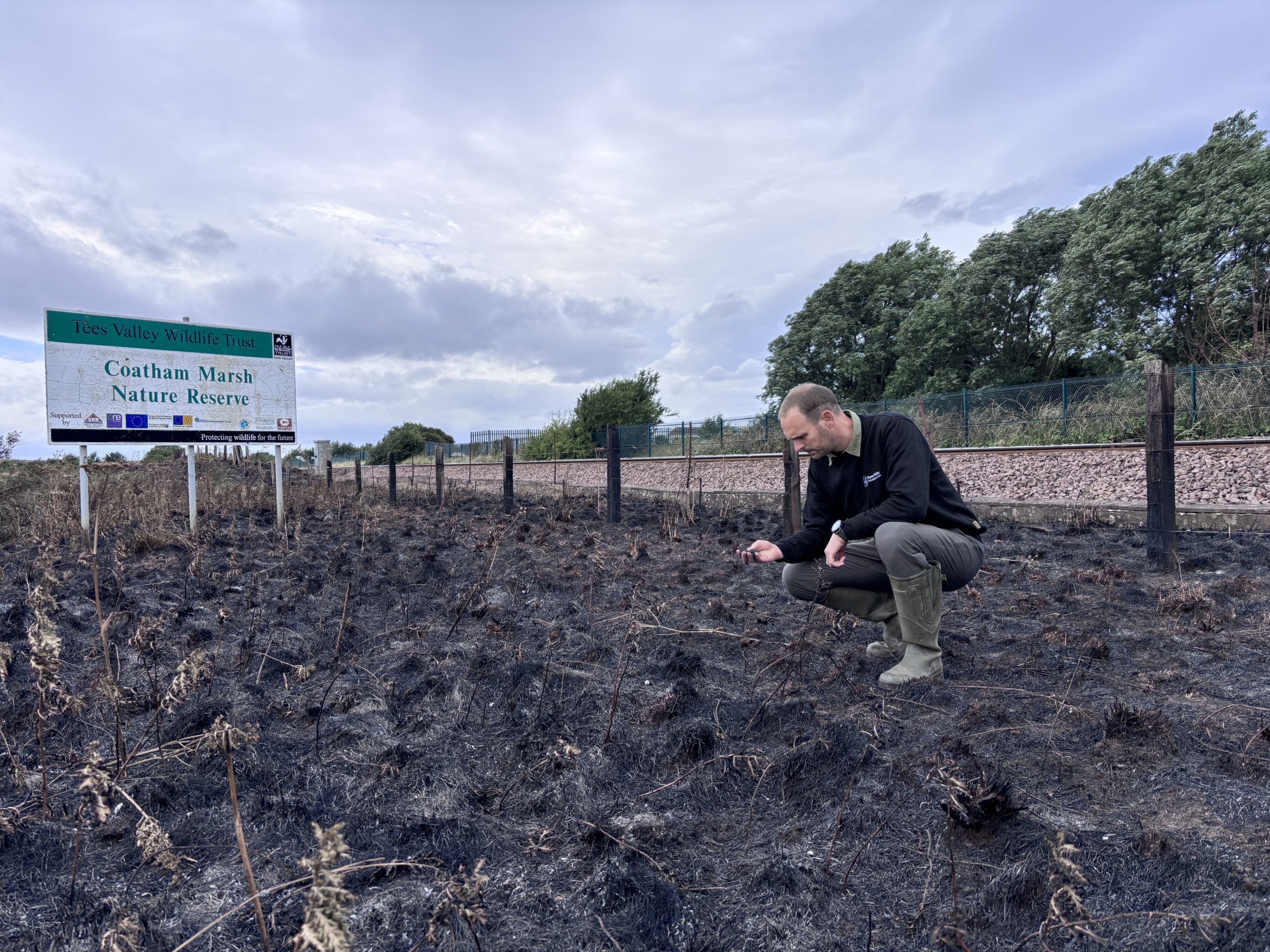Why is Lazenby Bank a Nature Reserve?
Lazenby was bought by the Tees Valley Wildlife Trust in 2018 with a generous grant from Biffa Award. We bought the site to protect its special woodland wildlife and keep it for people to enjoy nature. The reserve extends over 200 acres, most of which is broadleaved woodland with a wide variety of trees including oak, ash, birch, beech and sycamore. A wealth of native wildflowers thrives in the woodland including extensive swathes of bluebell. Our ecological surveys have recorded 267 different species of trees, grasses and wildflowers here.
Who are the Tees Valley Wildlife Trust?
We are a local independent wildlife charity. The Trust has worked for more than 40 years to protect wildlife and wild places, and educate, influence and empower people. We manage 15 Nature Reserves and help others to manage their countryside sites.
Why are conifer trees being felled?
To its east, the site contains a dense conifer plantation at Mount Pleasant, while adjacent slopes including Castle Bank, have conifers planted in rows between broadleaved trees. We are restoring these areas to deciduous trees which are better for wildlife.
It is difficult to tell when the conifers were planted here. Between the 1930s and the early 1980s nearly 40% of the country’s ancient woodlands were converted into plantations, most of which were of non native coniferous species. After a quarter of a century of neglect, the conifer plantations at Lazenby have a poor diversity of plants and animal life and they have proved vulnerable to pests and diseases.
Recent hot, dry summers have seen outbreaks of fire in these areas too, and this has added to the urgency of restoring and maximising the ecological integrity and resilience of this incredible woodland.
Who is carrying out the work?
We are working with Timber Harvesting and Marketing Limited. They are a family firm based in the North East which has the specialist skills and equipment to remove conifers from steep and difficult sites. The work will restore and improve 50 acres at the eastern end of the nature reserve.
Why is the work being carried out in winter?
It is important that conifer removal takes place during the dormant autumn and winter months to minimise harm to wildlife such as breeding birds.
When will the footpaths be restored?
Unfortunately, the woodland work has coincided with one of the wettest winters for many years. As a result some of the paths and trackway where the work is being carried out are now deep with mud and ruts from the forestry vehicles.
Walking in these areas is currently extremely difficult. If you choose to visit Lazenby Bank this winter, please be aware that parts of the site will be extremely muddy and difficult to use while the work is taking place.
Signs are in place to warn visitors away from these areas and most of the site remains undisturbed and available for people to enjoy. These pathways will be repaired as soon as possible on completion of the work after the winter. We need to wait till the ground dries out before the footpaths can be restored. As a Wildlife Trust it is important to us that people can enjoy this beautiful woodland, so please bear with us this winter and spring.
How can I get learn more and get involved?
We welcome the input of local people and your local knowledge. We are currently developing wildlife and heritage projects to seek Lottery funding. If you would like to be part of this or have any questions, please do not hesitate to get in touch for a chat.
We are currently collaborating with Tees Valley Archive to record childhood memories of visiting Lazenby Wood and Eston Hills If you have stories to share, we would love to hear from you.
Dr Susan Antrobus
Tees Valley Wildlife Trust
01287 636382
[email protected]




